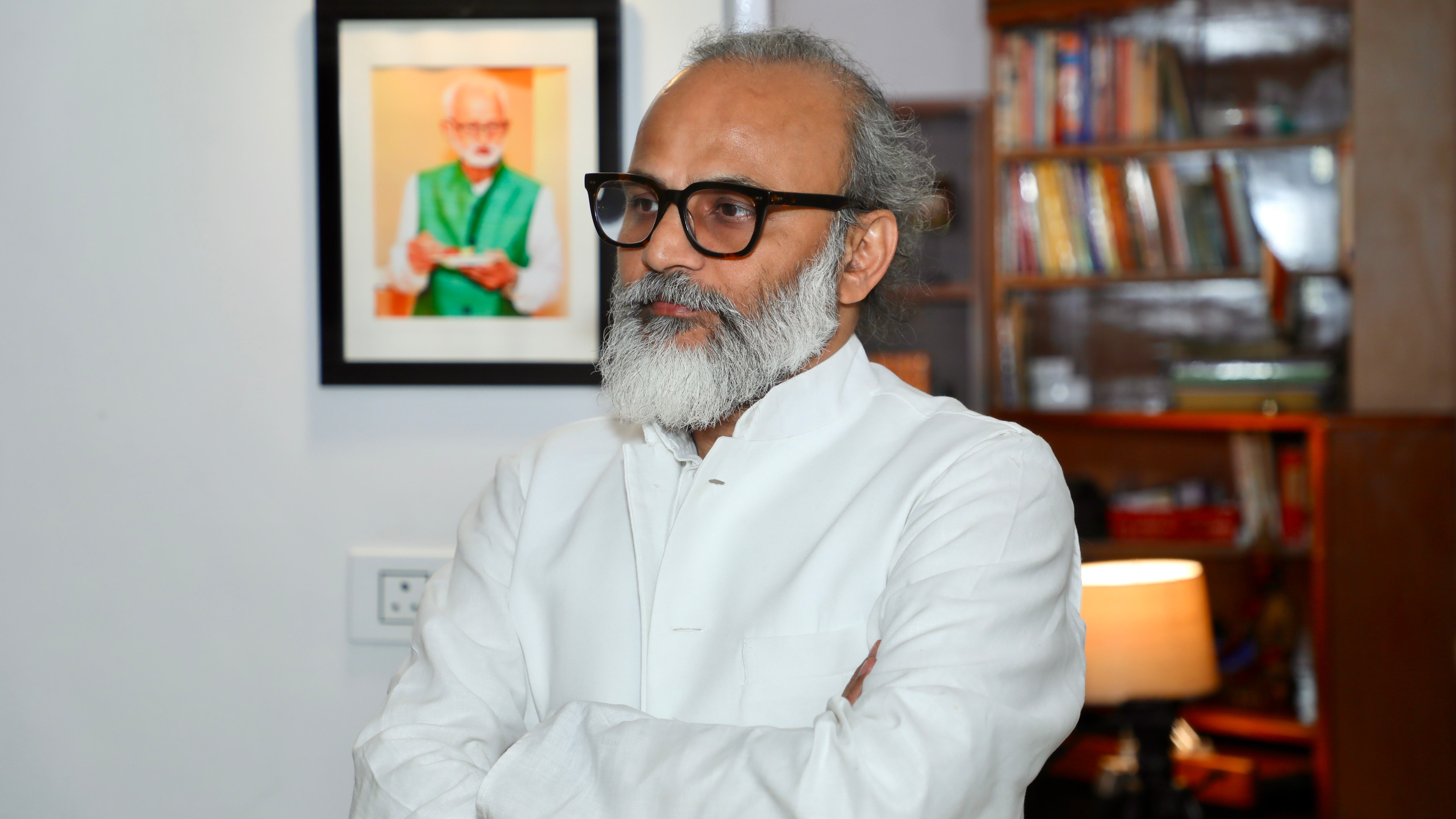
Control Voluntary Motion
8 months ago By Yogi AnoopVoluntary Motion: The Amazing Coordination of Control and Spirituality
Motion is inevitable in our lives. Voluntary motion cannot be completely stopped, as it is an essential element for the survival of our existence. Just as it is impossible to completely halt the process of chewing while eating, similarly, in normal life, it is not possible to completely eliminate action. Life is in continuous flow, and motion is the fundamental basis of this flow.
But is motion merely an uncontrolled process, or can it be regulated at a higher level? This is an important question, the answer to which is found in yoga, meditation, and Indian philosophy. Without eliminating motion, regulating it is the first step towards spiritual advancement. Since this motion is generated by voluntary action, it can be increased or decreased. When this motion intensifies, stress, depression, and frustration arise. On the other hand, when its speed is reduced, the one controlling voluntary motion experiences a sense of stability.
The Effort to Stop Motion or Its Transformation?
Many people in the world try to stop motion. They believe that by completely detaching from action or any form of motion, they can attain peace. But is this really possible? If we think deeply, we will realize that stopping motion is unnatural. Instead of trying to halt the motion occurring in any action performed by the mind and senses, it is necessary to bring rhythm to it.
This can be understood with a simple example:
When we are eating, the mouth naturally remains engaged in the process of chewing. Can this be stopped? Absolutely not! However, a significant transformation occurs when we begin to fully experience the taste of food. As soon as the eater’s focus immerses in the experience of taste, the chewing motion naturally slows down and becomes controlled. This is the best example of transforming motion without stopping it. This is what I call control over motion.
Control Over Motion and the Impact of Meditation
In this context, controlling motion is the first stage of meditation. The feeling of engagement in an activity naturally makes the motion of that action effortless and takes it beyond mechanical execution. This experience itself generates awareness and patience. From this very awareness arises the sense of stability. This is why, in yoga and meditation, great emphasis is placed on ‘mindful awareness.’
When a person perceives any motion not merely as an external activity but as a profound experience, that motion naturally becomes balanced. Controlling motion should not be the goal. This balance is the true form of self-control. If taken to a higher level of meditation, a person can remain engaged in action while being free from its bondage.
Selflessness in Action: The Astonishing Balance of Motion and Stability
From this example, it can be concluded that the principle of ‘selflessness in action’ in Indian philosophy originates from the balance of motion and stability. The motion of action continues, but one does not get caught in the cycle of action, thereby avoiding stress and illness. This is the very state that Lord Krishna described in the Bhagavad Gita as ‘Nishkama Karma’:
“Karmanye vadhikaraste ma phaleshu kadachana.”
(You have the right to perform your duty, but never to its fruits.)
This does not mean that one should abandon the desire for the results of action, but rather, one should focus on the immediate experience generated by the action while performing it. The experience gained while performing an action is the realization beyond the motion of action itself. This is true selflessness.
Indian philosophy also holds the science of motion in high regard. In this tradition, motion is not merely a physical voluntary act but is also connected to the state of consciousness. When motion is not controlled externally but regulated by experiencing stability at its very center, it takes the form of meditation. This meditation then leads a person toward self-realization.
If we understand this concept deeply, we will realize that motion and stability are not actually opposites, but rather complement each other. Stability does not mean inertia, and motion does not mean chaos. Only controlled motion can provide true stability. This is why this principle has been deeply integrated into yoga and meditation.
Recent Blog
Copyright - by Yogi Anoop Academy
